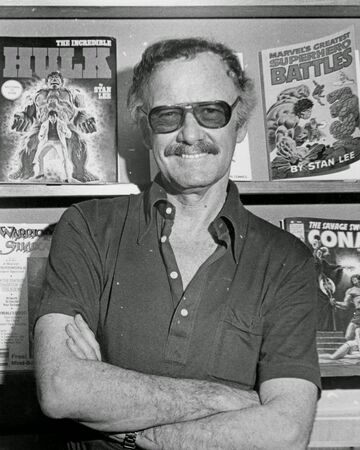 |
| Stan Lee |
As I start on my next writing project, I know my main character. I know what he likes, strawberry not chocolate ice cream, and what scares him, spiders. I could go on and on about his likes and dislikes. I could talk for hours on his family and what motivates him to pursue his career.I know ALL of that and I'll bet that less than 1% of it will actually make it into the book. As I am writing the background to the characters in the book, I take the Stan Lee Approach. I'm sure you recognize the name, he created or co-created many of the iconic comic book characters that are being made into movies. If you look at them, Spiderman, Iron Man and the like, they have amazing powers, and amazing faults.
We don't love characters that have no flaws. We want to be able to relate to them and the all-good, no-bad type character is something we just can't make a connection with.
Having said that, the bad can't be TOO bad. There are exceptions of course, Dexter comes to mind for one, but exceptions prove the rule. I can't have my main character, who I want the audience to love, also be the murder that is put away for many years. As a side note, that's now how you build a strong series of books either.
When creating a new facet to the character, I weigh it. How "good" is it? And of course, how "bad" is it?
Then I match it up with something from the other column. There has to be a balance between the two. That's not to imply it has to be a 1-1 balance. But too much good or too much bad is not going to bea character I want either. Notice I'm not making a distinction between the good characters and the bad characters in my story. I go through the same process for both.
So, put your characters through the "good" and "bad" test, see where they fall.
GP


